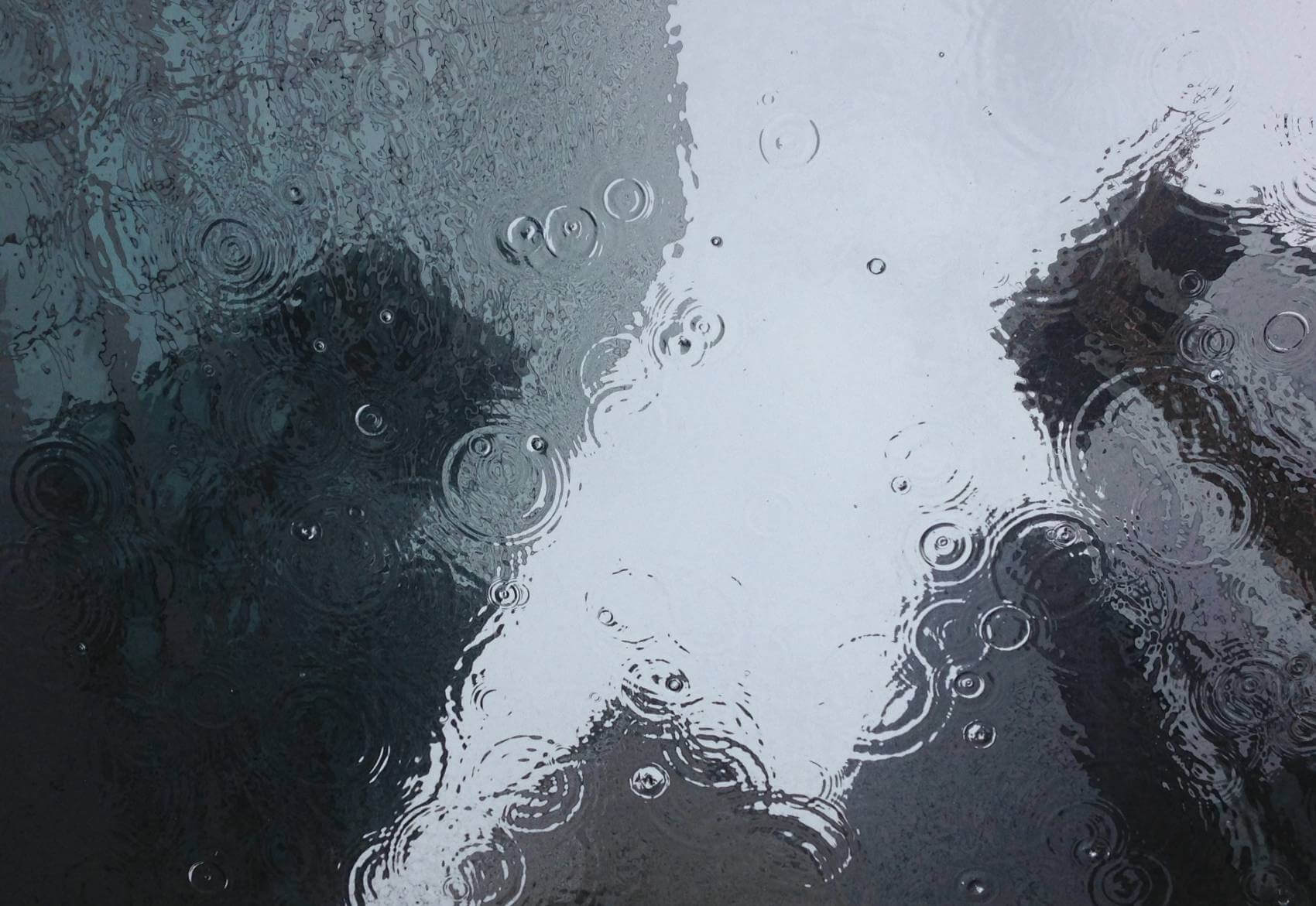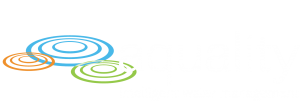Changes to our climate and future weather patterns indicate that the UK and mainland Europe can expect to experience longer, warmer, drier summers, and warmer and wetter winters. Combined with this we can also expect to see more extreme weather events.
Climate change predictions highlight the need to manage our water usage more efficiently to minimise the effects of these changes on our daily lives.

- Rainwater harvesting, and greywater recycling helps to conserve valuable water resources and reduce the impact of extreme weather events. In addition, rainwater harvesting can reduce the risk of localised flooding in heavy storms by diverting water from roofs and other areas into storage tanks. This process helps to reduce the volume of surface water from around the building discharging directly into the sewer network.
Why use rainwater harvesting, and greywater recycling? – It gives us the ability to be more sustainable, reduce demand for valuable drinking water whilst at the same time saving cost.
How we use the water that comes into our homes?
The average person in the UK consumes 150 litres per person per day of which approximately:
Only 4% of what we consume is used for drinking purposes
To meet future demand, we are being asked to reduce water consumption to less than 110 litres per day per person, in some cases well below 100 litres per day.
This is particularly relevant to London and the South East of England, which is the driest part of the UK with the highest population, in fact London is one of the 10 most water stressed cities in the world with a population growth forecast of 15% in the next 25 years. So, as we look to the future we need to manage our water resources far more effectively.
To achieve this there are several things we can do ourselves to lower demand from fitting water efficient taps and shower heads to turning off the tap whilst brushing our teeth, but other significant measures including re-using collected rainwater (rainwater harvesting) and recycling waste water from showers baths and wash hand basins (greywater recycling) will be need to be incorporated into planning strategy and legislation if we are to avoid a potential ‘Cape Town Day Zero’ in the UK.
At Aquality we look to collect and re-use rainwater from the least contaminated surfaces first as this cost less to treat.
Our order of priority is:
► Roofs
► Pedestrian hard standings (e.g patios)
► Vehicular hard standings e.g. car parks

If we cannot collect enough water from these sources, then we look at greywater recycling from:
► showers
► baths
► wash hand basins
Our systems can be stand alone rainwater harvesting or greywater recycling systems or they can be hybrid solutions depending on the buildings water demand.

Sustainable Buildings
Both BREEAM and the Home Quality Mark (which replaced the Code for Sustainable Homes) have points awarded for water re-use
Trying to achieve high levels water saving in these usually require rainwater harvesting or greywater recycling. Most people forget that rainwater harvesting scores in two categories: water efficiency and surface water run-off.
We have extensive experience with designing systems that will score maximum points most cost efficient.
Legislation and Planning for Water Resilience
If you are planning a building development, then early consultation with your local planning authority and water utility company will help establish the requirements for flood risk mitigation and water resilience. Engineers are familiar with the requirements for flood risk but are less so when it comes to water resilience.
Some Local authorities make it a condition to consider water re-use as part of a revised hierarchy of drainage connection that differs subtly from The Building Regulations H3, indeed this is also referred to in The draft London Plan and the new Sewers for Adoption 8th Edition where it states that government guidance to local authorities includes a hierarchy of connection, which can be summarised as follows.
- a) Surface water runoff is collected for use;
- b) Discharge into the ground via infiltration;
- c) Discharge to a watercourse or other surface water body;
- d) Discharge to a surface water sewer, highway drain or other drainage system, discharging to a watercourse or other surface water body;
- e) Discharge to a combined sewer.
It is important to note that Wales, Scotland and Northern Ireland have their own legislation and planning conditions. In Wales the Flood and Water Management Act 2010 will commence from January 2019 and this makes it statute to consider rainwater harvesting as the first connection method in order to reduce flood risk and promote water resilience.
There are a wide range of other reports and guidance documents worth consulting these include:
► Bricks and Water Report April 2018
► Future Water – DEFRA – Chapter 3 16-17
► Scotland – Technical Handbook 2017 Section 3
Water Company Financial Incentive Schemes
In recent years there have been changes to the way we are charged for water services by the main utility companies, and more competition has been introduced through OFWAT with the water retail market. There are two schemes that make the consideration of rainwater re-use and surface water management financially attractive:
► Infrastructure charge reduction schemes
► Surface water charges
Since each water company operates a different charging scheme please consult with Aquality for further information


